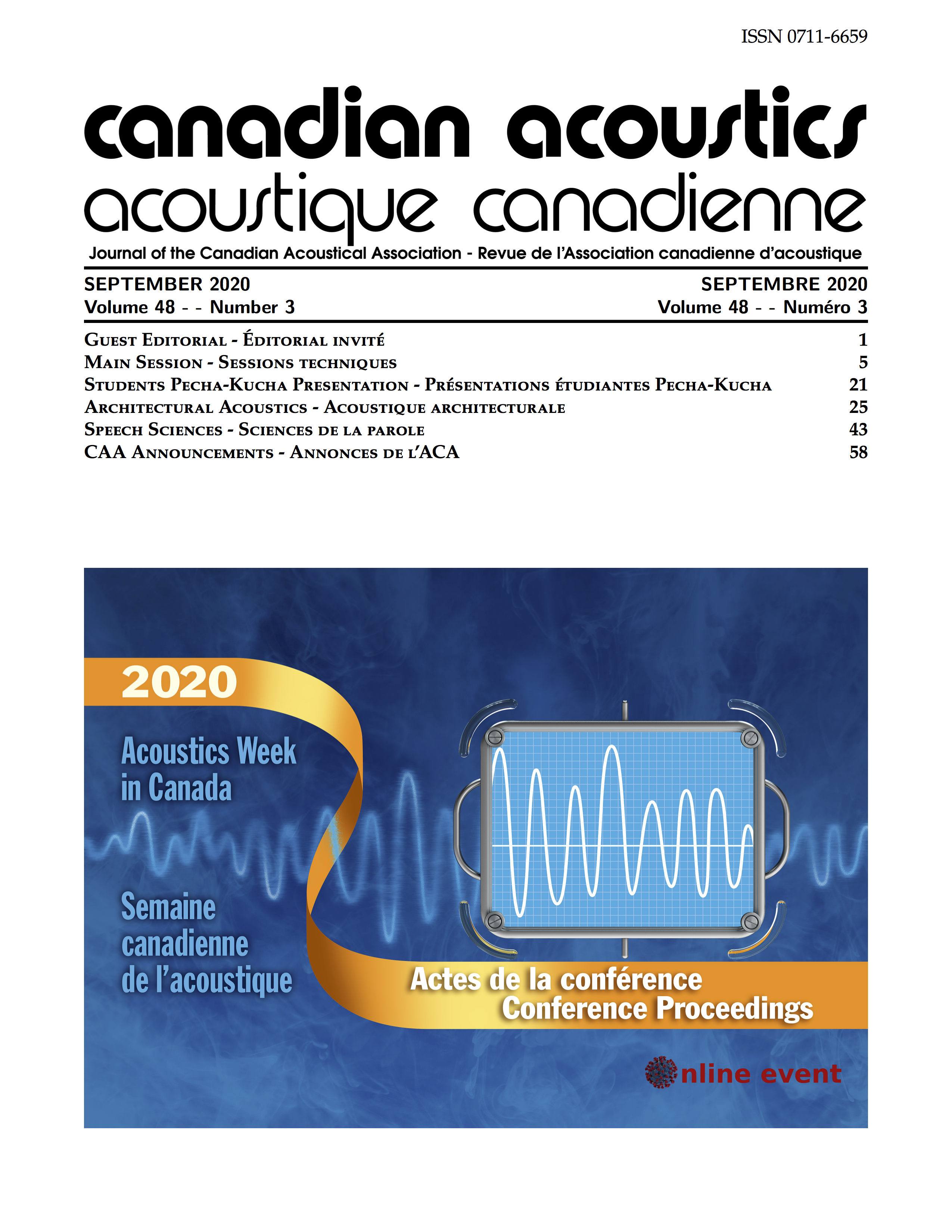A Survey of Factors That Impact Noise Exposure And Acoustic Comfort in Multi-Unit Residential Buildings
Keywords:
acoustic comfort, noise, annoyance, multi-unit residencesAbstract
There is limited research on noise exposure in multi-unit residential buildings (MURBs) despite the proven effects of noise on people’s physical and psychological health. This motivates the current study which aims to identify important noise sources in MURBs and investigate factors that impact acoustic comfort as well as determine the various impacts of noise on occupants. A survey was administered to collect subjective assessments of noise exposure and the effects of noise from 213 occupants. The findings show that building age, floor level, proximity to ongoing construction, existence of balcony, number of bedrooms, proximity to elevators and garbage chute are important building-related factors that impact noise annoyance. The results also show that personal and demographic factors, such as occupants’ age, length of residency, ownership status, relationship with neighbors, and willingness to pay for better acoustic conditions, significantly affect subjective responses. Even though both indoor and outdoor noises cause annoyance, outdoor noises, especially noise from traffic, construction and neighborhood activities, cause more annoyance and sleep disturbance compared to indoor noise sources. The findings also show some noise mitigating actions can have negative effects on indoor air quality and building energy consumption, as well as worsen the overall acoustic condition in buildings.
Additional Files
Published
How to Cite
Issue
Section
License
Author Licensing Addendum
This Licensing Addendum ("Addendum") is entered into between the undersigned Author(s) and Canadian Acoustics journal published by the Canadian Acoustical Association (hereinafter referred to as the "Publisher"). The Author(s) and the Publisher agree as follows:
-
Retained Rights: The Author(s) retain(s) the following rights:
- The right to reproduce, distribute, and publicly display the Work on the Author's personal website or the website of the Author's institution.
- The right to use the Work in the Author's teaching activities and presentations.
- The right to include the Work in a compilation for the Author's personal use, not for sale.
-
Grant of License: The Author(s) grant(s) to the Publisher a worldwide exclusive license to publish, reproduce, distribute, and display the Work in Canadian Acoustics and any other formats and media deemed appropriate by the Publisher.
-
Attribution: The Publisher agrees to include proper attribution to the Author(s) in all publications and reproductions of the Work.
-
No Conflict: This Addendum is intended to be in harmony with, and not in conflict with, the terms and conditions of the original agreement entered into between the Author(s) and the Publisher.
-
Copyright Clause: Copyright on articles is held by the Author(s). The corresponding Author has the right to grant on behalf of all Authors and does grant on behalf of all Authors, a worldwide exclusive license to the Publisher and its licensees in perpetuity, in all forms, formats, and media (whether known now or created in the future), including but not limited to the rights to publish, reproduce, distribute, display, store, translate, create adaptations, reprints, include within collections, and create summaries, extracts, and/or abstracts of the Contribution.


